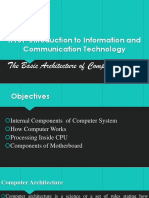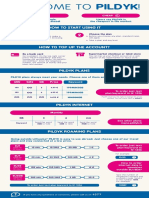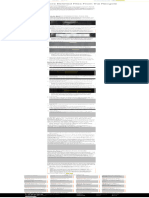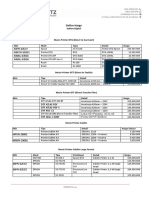0% found this document useful (0 votes)
11 views3 pagesSession 7 (JSP Intro)
JSP technology is used to create web applications and can be thought of as an extension to servlets. JSP pages consist of HTML tags and JSP tags and are easier to maintain than servlets. There are advantages to using JSP such as being an extension to servlets, being easier to maintain, requiring less code, and not needing to recompile on modification.
Uploaded by
shubhtiwari882jCopyright
© © All Rights Reserved
We take content rights seriously. If you suspect this is your content, claim it here.
Available Formats
Download as DOCX, PDF, TXT or read online on Scribd
0% found this document useful (0 votes)
11 views3 pagesSession 7 (JSP Intro)
JSP technology is used to create web applications and can be thought of as an extension to servlets. JSP pages consist of HTML tags and JSP tags and are easier to maintain than servlets. There are advantages to using JSP such as being an extension to servlets, being easier to maintain, requiring less code, and not needing to recompile on modification.
Uploaded by
shubhtiwari882jCopyright
© © All Rights Reserved
We take content rights seriously. If you suspect this is your content, claim it here.
Available Formats
Download as DOCX, PDF, TXT or read online on Scribd
/ 3






















































































